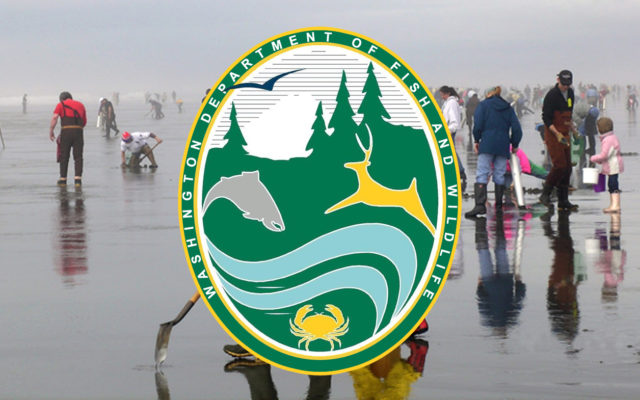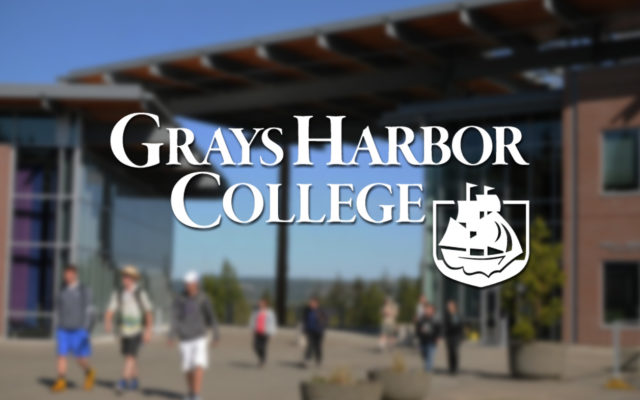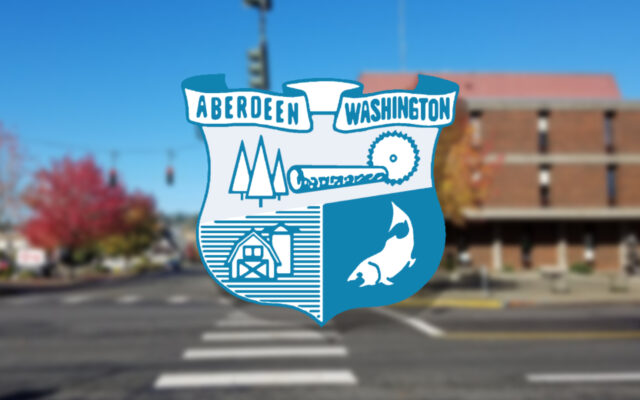Razor clam digging returns to Mocrocks; joins Copalis Beach for weekday openings

Clam digging continues this week on both Mocrocks and Copalis beaches.
It was announced over the weekend that Mocrocks was opening for razor clam digging following the latest round of toxin tests. They joined Copalis Beach which opened for the second time since domoic acid levels had put a stop to digging midway through the season.
Washington Department of Fish and Wildlife (WDFW) shellfish managers confirmed razor clam digging reopened at Mocrocks beaches for Saturday, with dates continuing this week.
This is in addition to Copalis Beach openings over the weekend and on Tuesday.
“It’s been about nine months since we last had Mocrocks open for digging, so we are thrilled to have diggers return there,” said Bryce Blumenthal, a WDFW coastal shellfish biologist. “We know this is another short notice opener, but that’s the unfortunate circumstance we face when reopening from a marine toxicity closure. The added bonus is offering harvest opportunities on consecutive days at Copalis and Mocrocks.”
The following digs during evening (p.m.) low tides will proceed as scheduled:
- Feb. 6, Monday, 6:43 p.m.; -0.1 feet; Mocrocks
- Feb. 7, Tuesday, 7:42 p.m.; 0.1 feet; Copalis
- Feb. 8, Wednesday, 8:11 p.m.; 0.4 feet; Mocrocks
The Washington Department of Health (WDOH) labs indicate domoic acid levels at Long Beach and Twin Harbors beaches were still above the health guideline levels.
WDFW will announce future digging opportunities when marine toxin tests show it is safe to do so.
Domoic acid, a natural toxin produced by certain types of marine algae, can be harmful or fatal if consumed in sufficient quantities. WDFW shellfish staff will continue to regularly dig test samples of razor clams to monitor the situation. WDOH requires two test samples taken around seven days apart, must fall under the health guideline level before a beach can reopen for razor clam digging. More information about domoic acid, as well as current levels at ocean beaches, can be found on WDFW’s domoic acid webpage.
The daily limit is 15 razor clams per person. Under state law, a daily limit consists of the first 15 clams dug regardless of size or condition, and each digger’s clams must be kept in a separate container. Digging is prohibited in the razor clam reserve located just south of the Ocean City approach on Copalis, which are marked by 10-foot poles with signs. The most successful digging occurs between one and two hours before the listed time of low tide.
All diggers age 15 or older must have an applicable fishing license to harvest razor clams on any beach. Licenses may be purchased on WDFW’s licensing website, and from hundreds of license vendors around the state. WDFW recommends buying your license before visiting coastal beach communities.
For additional details, go to the WDFW’s razor clam webpage and the DOH webpage. To be notified of in-season rule changes as they are announced sign up for email notifications at wdfw.wa.gov/about/lists.
You Might Also Like



